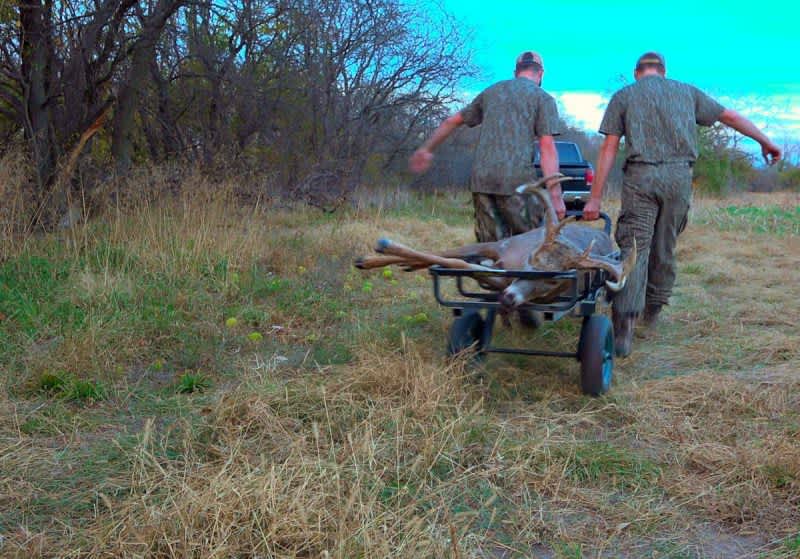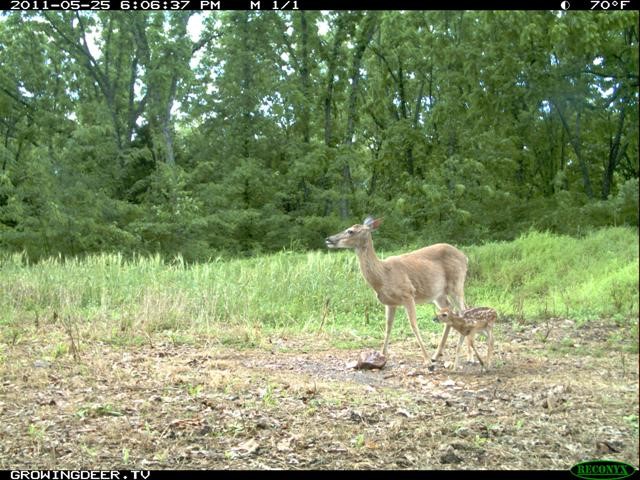Whitetail Wednesday: The Best Days for a Deer Hunting Vacation
OutdoorHub Staff 11.23.16

By today, November 23, most does have been bred where I live in southern Missouri – and throughout most of the whitetail’s range. There are exceptions, including parts of south Florida, south Alabama, south Texas, etc. How can I say that confidently?
Each year throughout most of the whitetails’ range, the majority of fawns are born before June 15. The gestation period for whitetail deer is approximately 200 days. Therefore, does bred on or before November 23 would be born on or before June 11. Most fawns are born during mid-May to early June.
Fawns are usually 2 to 3 weeks old when they begin actively following does. It’s certainly possible to see a doe moving a fawn (encouraging it along) before the fawn is 2 weeks old, but when you begin seeing fawns in multiple places, you can be confident they are at least 2 to 3 weeks old.

A great tip for planning a future deer hunting vacation is to pay attention to when you see fawns, or begin noticing fawns on trail cameras, and then subtract 190 days to estimate when the peak of breeding occurred (and will occur again) in your area.
I’d much rather hunt a week or so BEFORE the peak of breeding than during the peak or after it. When the majority of does are receptive, bucks don’t have to move far to find a hot doe, and then they begin tending her. Bucks will move the least amount possible while tending a doe. More movement simply means another buck is likely to attempt to cut in on the action.
I like hunting before the peak of breeding instead of the week after it. There are two reasons for this statement.
First, there will likely be more bucks available to hunt during the pre-rut. Some bucks will be killed by hunters, injured or killed while fighting, etc., during the peak of breeding. There will simply be fewer bucks available to hunt after the peak of breeding.
Second, the level of activity/movement seems higher before the peak of breeding compared to after the peak. During the pre-rut, the party is just starting and everyone wants in on the action!
Paying attention to when you and your friends begin seeing fawns next May and June can be a great clue to when you should schedule time to hunt next fall at a specific location. Do the math and then put in for your vacation early.
Enjoy creation!
Editor’s note: Be sure to check out Dr. Grant Woods and his popular on-demand web series that shares current information about deer hunting and deer management. The free videos like the one below focus on what the Growing Deer team of experienced hunters and deer managers are doing in the field week to week, including action-packed hunts, proven hunting strategies, habitat management, food plots, trail camera techniques and the gear it takes to get it all done.

